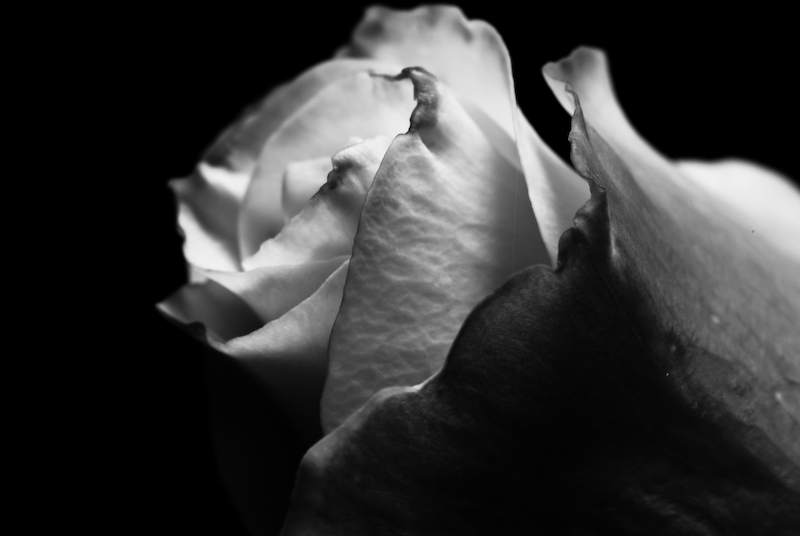 Originally posted by Rondec
Originally posted by Rondec 
There is one stop less depth of field with full frame than with APS-C. Basically, if you are shooting with a 55mm at f2.8 you will get an equivalent photo with an 85mm on full frame shot at f4. This assumes that you want to keep your framing the same between the formats. If, however, you shoot a 55 mm at f2.8 on APS-C and on full frame and keep your shooting distance the same, your photo will look very different and while the APS-C image may have narrower depth of field, it probably won't be useful.
This is where folks lose me... first thing is, very few of my 2.8 APS-c images are useful, so I'm guessing very few of my ƒ4 images would be useful on FF. I shot 100 images today, at ƒ2.8, ƒ5/6, ƒ11 and ƒ22. All the keepers were either ƒ5.6 or ƒ11. SO really, FF or APS-c for everyone of those shots doesn't matter. You have the leeway to get the DoF you want in either system.
And... you can't anticipate which system and image will favor. With existing light, you may come to the conclusion that your ƒ11 APS-c image is the best. Going to 16 MP FF is going to introduce diffraction. But ƒ11 FF may not give you enough DoF. For any given image, you may have a situation that favours one system or the other. But this is made on a case by case basis, based not on what size the sensor is per se, but what the unique characteristics of that format is.
Until you realize, different doesn't mean better.... If you are a hyper-focal, macro, or telephoto, APS-c is your friend. If you are a narrow DoF shooter, not so much.
 Quote:
Quote: your photo will look very different and while the APS-C image may have narrower depth of field, it probably won't be useful.
I'd say, much of the time you don't know what's going to be useful and what isn't in advance. You just go with what you have and make do. And you certainly don't know what system is going to have the advantage except in extreme cases. But as in my first example. most of the time it's not going to make much difference. Certainly not as much as some folks around here let on.








 Similar Threads
Similar Threads 











 Post #74 by vonBaloney
Post #74 by vonBaloney








